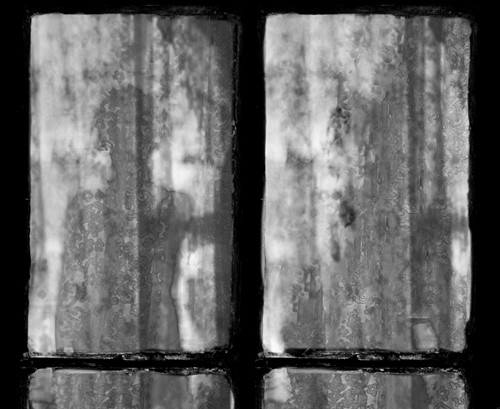A slowing: Preamble

Readers interested in contemplating the value of effort of attention toward art may not need much persuasion, but it is nonetheless important to assert some principles on which the thinking is founded. I begin with some fundamentals from Iris Murdoch, which lead her to contemplation of moral concerns. “Art is not a diversion or a side-issue, it is the most educational of all human activities and a place in which the nature of morality can be seen. Art gives a clear sense to many ideas which seem more puzzling when we meet with them elsewhere, and it is a clue to what happens elsewhere” (85). Although the “clear sense” may be ambitious; indeed clarity is not necessarily the most urgent goal of art, unless it is a clear sense of that slippery ambiguity. But Murdoch’s language of “the clue” is important here, and later, “Art pierces the veil and gives sense to the notion of a reality which lies beyond appearance” (86). Art pierces the veil. That reality is something that we might experience otherwise than by our common encounters, “appearance,” is obvious to us when we are moved by art, touched by beauty, slowed to attend to this (what Murdoch sees in Plato as beauty’s “awakening power”).
Not every work of art moves us. Not every eye that sees a work of art strikes through the veil obscuring what might be available to experience. This is what seems to trouble notions of the beautiful, notions of art. The repulsion of authority, that aggressive gesture of art that wants to force us to attend differently. But when we are attentive, we are in a position to create the world. How we attend and to what our thinking is directed is a self-making and a world-making. What world would we make?
Murdoch, Iris. "The Sovereignty of Good Over Other Concepts." The Sovereignty of Good. 1970. New York: Routledge, 2001.
Note: All images for A slowing: poetics and attention created by John Carimando.
A slowing: Poetics and attention